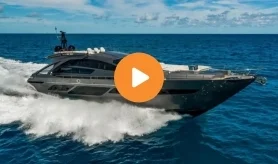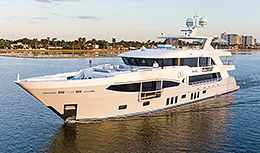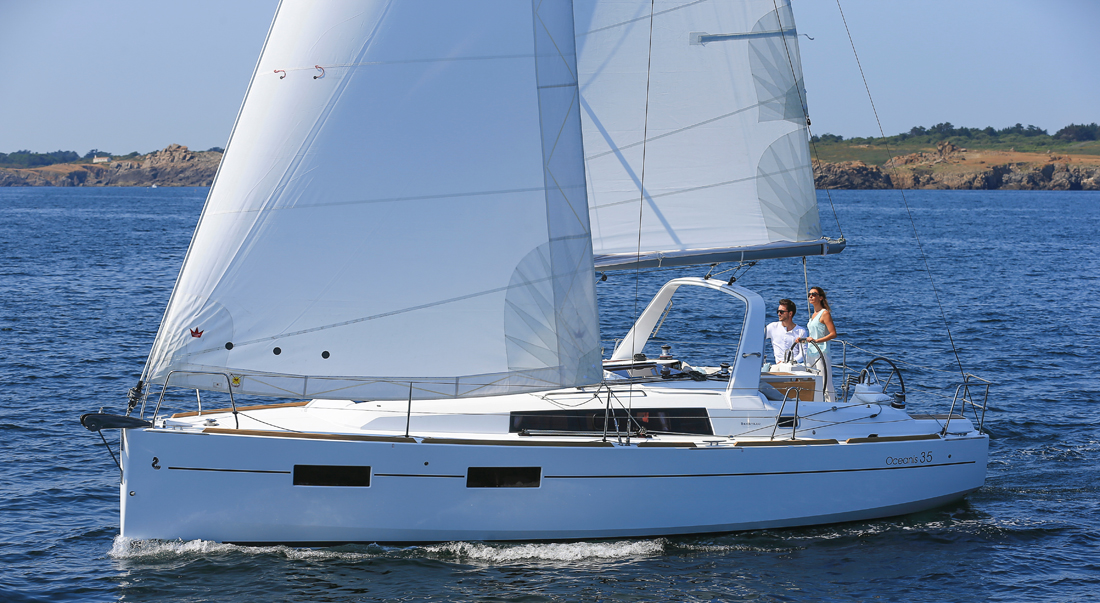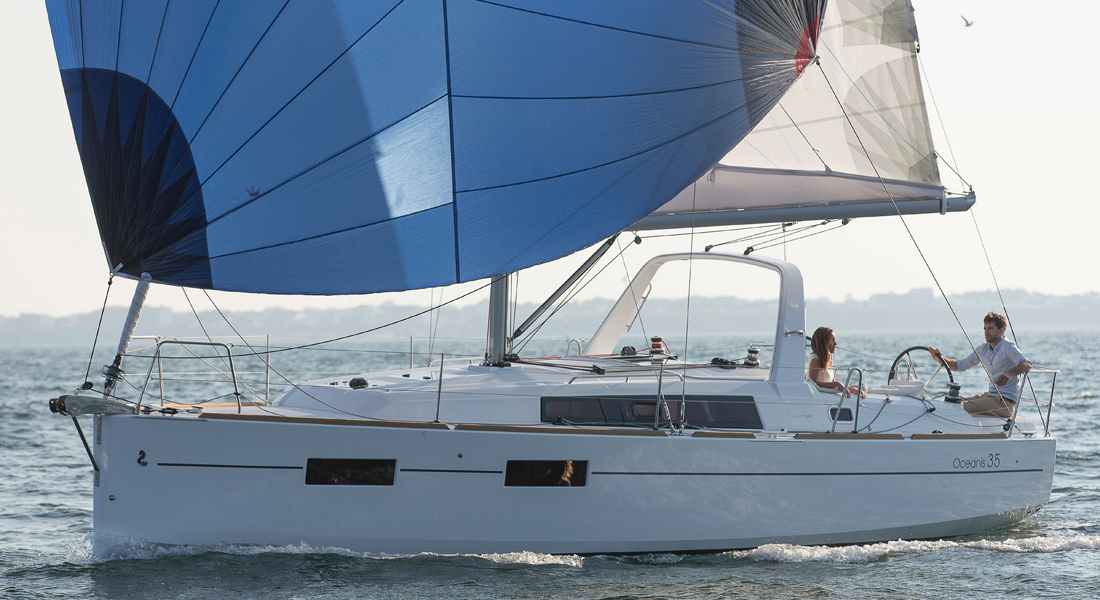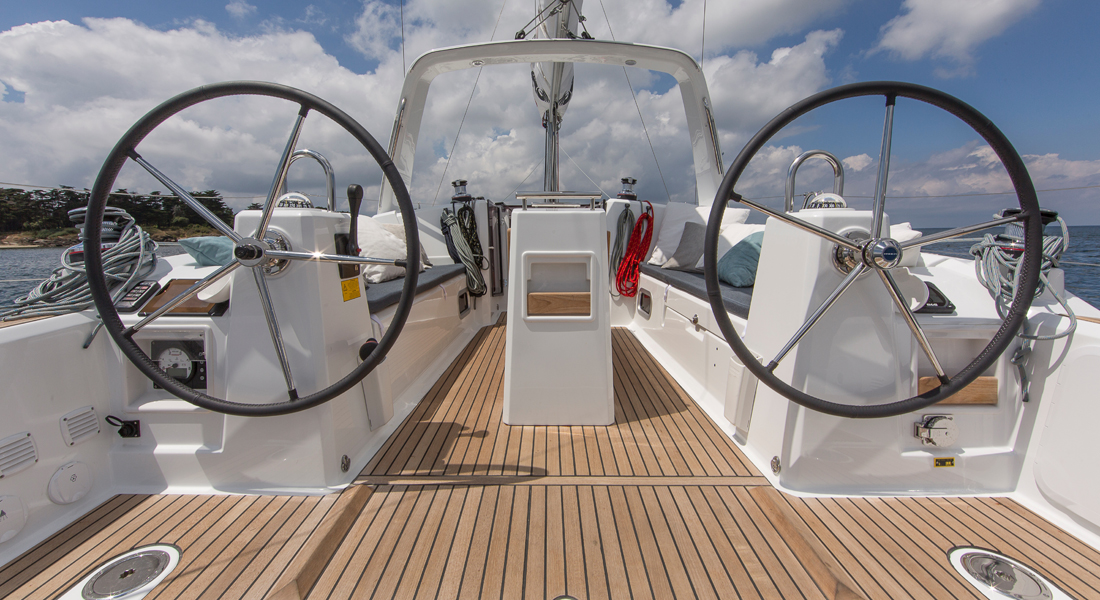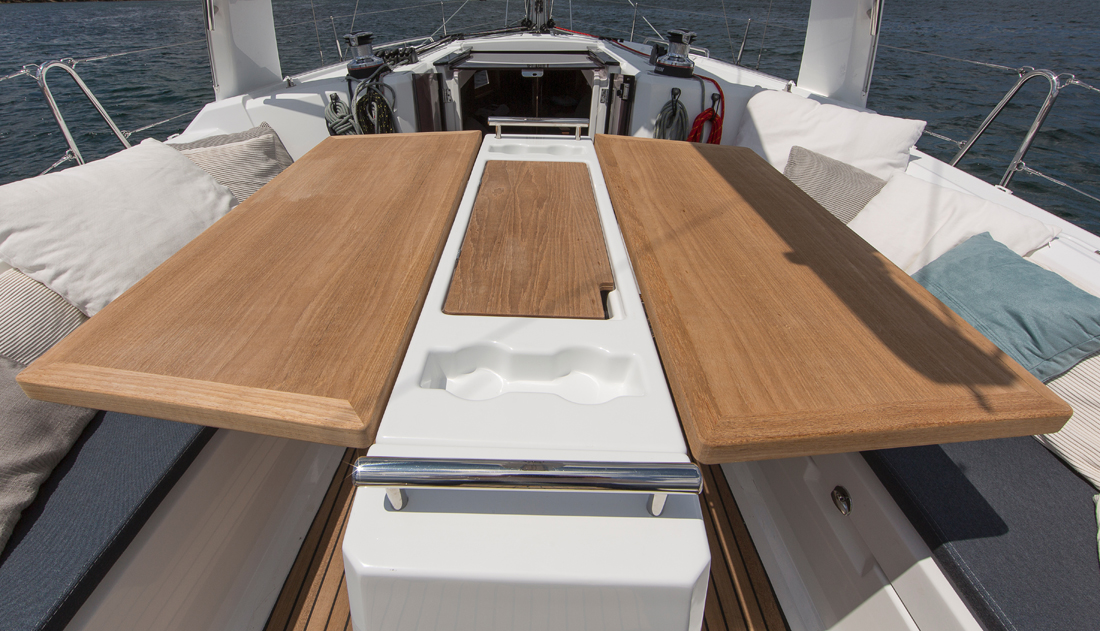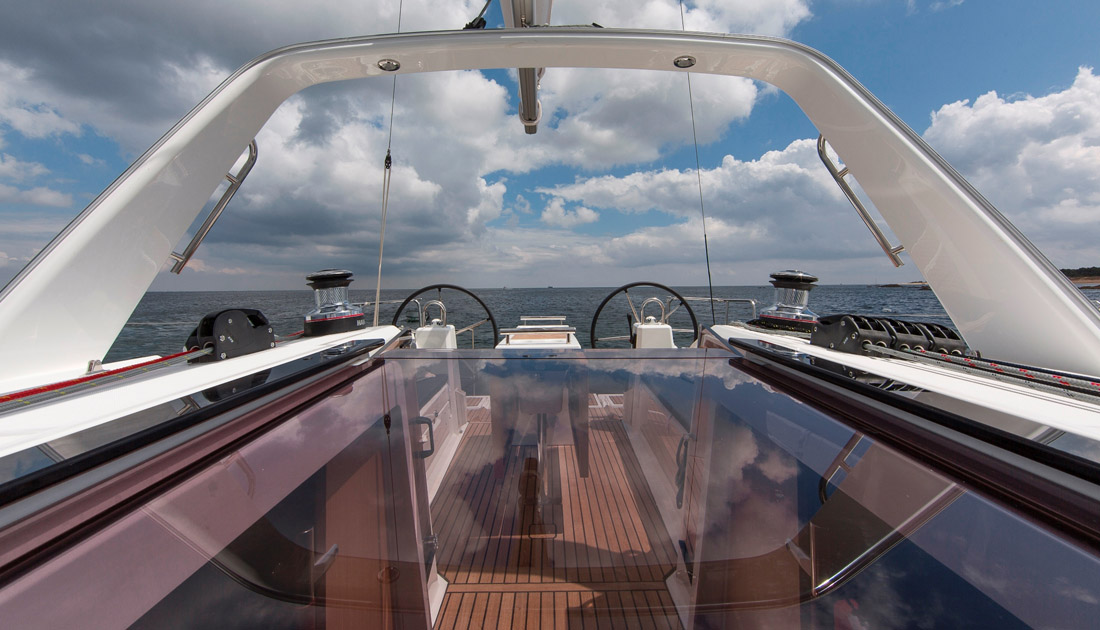- Alaskan Yachts
- Azimut Yachts
- Back Cove Yachts
- Beneteau Yachts
- Benetti Superyachts
- Bertram Yachts
- Boston Whaler
- Broward Yachts
- Buddy Davis Sportfish
- Burger Yachts
- Cabo Yachts
- Catamarans
- Carver Motoryachts
- Center Console
- Chris-Craft Yachts
- Cruisers Yachts
- DeFever Trawlers
- Dufour Sailboats
- Fairline Yachts
- Feadship Yachts
- Ferretti Yachts
- Formula Yachts
- Fountaine Pajot Cats
- Grady-White
- Grand Banks Trawlers
- Hargrave Yachts
- Hatteras Yachts
- Hinckley Picnic Boats
- Horizon Yachts
- Hydra-Sports
- Intrepid Boats
- Jarrett Bay Sportfish
- Jeanneau Yachts
- Kadey-Krogen Trawlers
- Lazzara Yachts
- Lekker Boats
- Luhrs Sportfish
- Marlow Yachts
- Maritimo Yachts
- Marquis Yachts
- McKinna Motoryachts
- Meridian Yachts
- Midnight Express
- MJM Yachts
- Mochi Craft
- Neptunus Motoryachts
- Nordhavn Trawlers
- Nordic Tugs
- Numarine Yachts
- Ocean Alexander Yachts
- Offshore Yachts
- Outer Reef
- Oyster Sailing Yachts
- Pacific Mariner Yachts
- Palmer Johnson Yachts
Beneteau Oceanis 35 Test Walkthrough Video
June 8, 2017 1:15 pm
The chined hull of the Beneteau Oceanis 35 by the architects Finot-Conq stands for comfort and good balance under sail, making a particularly noteworthy entry into the market for this size of boat. With twin rudders, a mast positioned further aft and optimized sail plans, the hulls delivers excellent performance and offers incredible stability underway.
Join us as BoatTest.com tests this versatile sailboat:
The opinions expressed in the video you’re about to watch are solely those of BoatTest.com and its test captain.
Hi, Christopher Hughes for BoatTest.com, and today we’re going to conduct a full sea trial on the Beneteau Oceanis 35. Now this model is designed in three different versions, and the one we’re going to be testing today is the weekender 2 cabin version. Let’s get her underway and see how she performs.
Beneteau provides multiple layouts and numerous customizations through innovative technology at their facilities in Marion, South Carolina and Saint Gilles, France. Processes such as injection-molded decks, vacuum bag and resin infused hulls and components and automation provide consistency so that every part is exactly on spec in every single boat.
Test day off of Annapolis proved windless. However on a subsequent day, we were able to get her out in a breeze and record some meaningful numbers. Having two or three cabins and plenty of cockpit space is impressive in a boat that measures not quite 33 feet on deck, while her size keeps the sail plan particularly manageable. Nevertheless in any sort of breeze, she’s still lively.
Beneteau balances sail area equally between main and jib, which further aid sail handling and all control lines lead aft to large self-tailing winches, making her easy to sail short-handed. The Elvstrom mainsail and Harken self-railing system also with controls leading aft, proved convenient and performed well, though a traditional main with lazy jacks is standard equipment.
The roller furling genoa is also controlled from the cockpit, and self-tailing jib winches are convenient from either ahead or behind the helm, aiding the short-handed sail trimming and tacking.
On the occasions we caught a breath of air on test day, the helm provided nimble response from fingertip control. When we got out in 20 knots of wind a few weeks later, the Oceanis 35 climbed to windward at 7-and-a-half knots and reached across the wind at more than 8 knots, occasionally hitting 9 knots.
The hard chine above the water line provides added buoyancy that mitigates heeling in stiff breeze without losing responsiveness in light air. If the boat does heel hard, to chines aid tracking while twin rudders always keeps at least one deep in the water, maintaining a positive control.
The Oceanis 35 is 32 feet 9 inches long on deck and 34 feet 3 inches overall including the anchor rollers. A plumb bow keeps water line length at 31 feet 10 inches, the beam is 12 feet 2 inches, and she displaces approximately 12,000 pounds depending upon the equipment chosen. Our test boat was fitted with the 4 foot 9 inch draft shoal keel. Also available are the 6 foot 1 inch full keel and the 3 foot 9 inch center board version.
Twin 32-inch wheels proved just right both sitting and standing at the helm. This Brookes and Gatehouse display handles chartplotting and clearly displays sailing data, with a secondary display across the boat and dual compasses. Engine gauges and controls are only here at the port helm, but reachable from across the boat for starboard side docking.
The Oceanis 35’s Yanmar diesel saildrive and folding prop proved quite responsive and quick turning in forward. Docking proved easy even when backing to starboard. Under power the boat tracked well and responded smartly to just a fingertip touch on the helm. With the 30 horsepower diesel on our test boat, we made 8 knots; more than adequate for distance cruising.
Well-placed handrails on the arching cabin top aid the occasional trip forward. The oversized cleats, double anchor rollers, windlass and large rode locker and made docking and anchoring easy. The wide foredeck even includes eyes for lashing an inflatable while cruising. This might block the forward cabin hatch but not the midships hatch as it’s just a bit farther aft.
Inboard sail tracks and acceptably wide decks at 1 foot 1 inch with teak tow rails provide sure footing back to the cockpit, where most of the time underway will surely be spend. Long bench seats provide room for two to stretch out or seating for a crowd. This optional deluxe table includes storage and quick folding wings, though some may prefers the smaller removable table option here.
The mainsheet is kept out of the cockpit, mounted here on the arch. The 5-foot 9-and-a-half inch clearance does require some tall people to duck a bit, though the boom is well overhead. The optional spray dodger and Bimini protect the crew from the elements without impeding visibility forward or aloft from either of the twin helms.
Teak decking ensures sure footing, as does this teak wedge for the helmsman. Helm seats fold up to access the manual bilge pump and freshwater shower here on port side, as well as the propane locker, shore cord inlets and below deck storage over on starboard. Lifting the starboard cockpit seating reveals this cavernous compartment large enough for stacking storage bins.
Also located inside are the ELCI shore cord breakers. Splitting the helms allows easy access to the folding transom and spacious teak beach. It was relatively easy to deploy and retrieve using the telescoping swim ladder as a handle. And note the dual lifelines snapped in place for safety.
And that’s our sea trial and review of the Beneteau Oceanis 35. For BoatTest.com, I’m Christopher Hughes.
